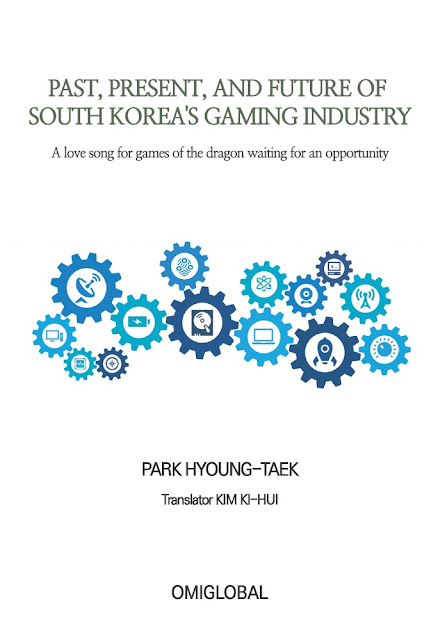泥中蟠龍's Game愛歌 [A love song for games of the dragon waiting for an opportunity] Let's take a look at Korea's gaming industry (Part 3)
泥中蟠龍's Game愛歌
[A love song for games of the dragon waiting for an opportunity]
Let's take a look at Korea's gaming industry (Part 3)
In the previous columns, I expected that Korea's gaming industry will be difficult in the years ahead. Aside from many other causes and solutions to the bad situation in the field, I want to deal with government policy-related topics.
The gaming industry has characteristics of content and software at the same time. Also, various game-related government agencies have announced promotion policies and regulation policies on game addiction which many people kept continually expressing concerns about. When it comes to game promotion policy, the Ministry of Culture, Sports and Tourism (MCST) and Ministry of Science, ICT and Future Planning (MSIP) are in charge of cultural content and content convergence respectively. On the other hand, the Ministry of Gender Equality and Family (MOGEF) and Ministry of Health and Welfare (MOHW) are involved in regulation policy to prevent excessive absorption on games and the Ministry of Education, Science and Technology (MEST) is directly related to student education. Also, the Korea Creative Content Agency (KOCCA) takes an important part in promoting the cultural industry and National IT Industry Promotion Agency (NIPA) supports the gaming industry as a branch of the information and communications industry. Besides, Game Rating and Administration Committee (GRAC) rates video games. And there is the Digital Industry Promotion Agency by region.
This might look like it is going better for the domestic gaming sector expecting a variety of support providers. However, in contrast, it means that no government agency fully supports the industry. Furthermore, maintaining a consistent and balanced regulatory approach is not easy due to too many game-related government organizations which have conflict-of-interest rules. MOGEF introduced the controversial "Shutdown law (also known as the Cinderella law)" and MEST proposed the "Cooling Off System" bill to prevent online game addictions. Even MOHW has conducted a video game addiction prevention campaign. Korea Venture Investment Corp (KVIC), which is a fund of funds holding a portfolio of other investment funds, hasn't contributed to a pool of money for the gaming sector in recent years.
The workers in Korea's gaming industry are the largest number in areas of cultural content and it has established the actual export record of $2-3 trillion a year. I can't understand why the government tries to impose strict controls on the world-class gaming industry not to protect and promote it. A Korean underage player was embarrassed at the international E-sports tournament because he had to give up during the game due to the Shutdown law. And, unlike the unfriendly Korean government, many countries attract local video game businesses pledging full support.
In spite of ridiculous situations, the domestic gaming industry has consistently continued to grow. The rate of growth has slowed, however, the gaming sector already exceeded W10 trillion in terms of revenue and sales are likely to rise further. So, in that respect, the lack of an exclusive organization designed to promote the field of game is absolute nonsense. Korea's gaming industry shouldn't have lots of difficulty between the related organizations with their inconsistent policies. It's necessary to build a systematic support system through the institution exclusively for game-connected matters. I expect that the new government will set up a Korean game council, which takes full charge of the gaming sector, like the Korean Film Council (KOFIC).
※ This is from Kyunghyang Games column by 泥中蟠龍 since September 2013.
(http://www.khgames.co.kr)
Translation by Kim Ki-hui


Comments
Post a Comment